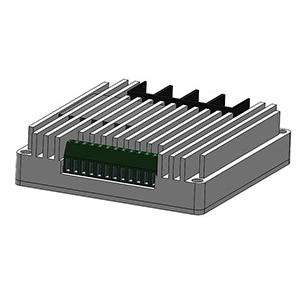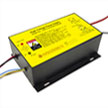Although the two cooling systems comply with the same thermal dynamics, a TEC has many obvious advantages: simple structure, small volume, light weight, high reliability, long service lifetime, no noise, small power consumption, low cost and so on. What’s more, there is no need for TECs to fill chemical consumables, which the mechanical cooling method needs. Because of no moving parts, there is no wear and tear for TECs. Thus TEC is an ideal cooling method, which can gradually take the place of the mechanical cooling method when cooling many components (such as CCD).
(more)



